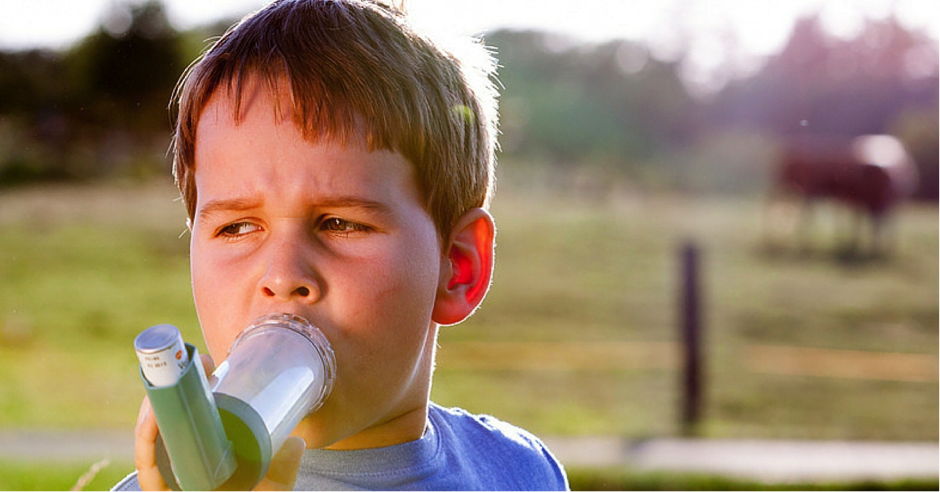Among the conditions that are very common in Australia is eczema – a disorder that results in red, itchy skin patches. Unsightly, uncomfortable and distressful, eczema is a difficult condition to treat, not just because there is no known cure, but also because it is strikes a very vulnerable age group. According to the Eczema Association, Australia, the condition is most prevalent in infants aged 2 – 6 months. It strikes as many as 1 in 5 children under the age of 2, says the Australasian Society of Clinical Immunology and Allergy (ASCIA). Having said that, for those who do not outgrow it, eczema can continue into early childhood, teens and adult years.
Defining eczema
What is eczema? Simply put, it is an inflammatory skin condition which recurs frequently. It is not infectious. According to the Victorian government’s Better Health Channel, eczema is linked to the body’s autoimmune response – in this case, the inability to repair damaged skin. A mutation in the gene Filaggrin is thought to be responsible. Usually, there are two copies of this gene in each cell, but sufferers of eczema carry only one copy. That limits the skin’s ability to repair the skin barrier. The skin first becomes dry, itchy and scaly and could then weep, bleed or crust over. The constant itching of these unsightly patches can cause the sufferer a lot of distress.
What causes eczema? If you’ve asked this question, don’t expect a definite answer. There is no known cause of eczema or a cure. Having said that there are known risk factors.
- Genetics: Family seems to play a big role in the condition. Data shows that a person is much more likely to have eczema if there is a family history of eczema or allergies such as hay fever and asthma.
- Environmental conditions: Contact with pollutants and irritants can start an outbreak. Extreme hot or cold weather can cause dry skin, itchy skin. Scratching it can result in breaking the skin barrier causing eczema.
- Skin irritants: Eczema prone skin is susceptible to scratchy surfaces, e.g. woollen clothes and jute fibre. Some chemicals present in soap, shampoos, detergents, moisturiser or household cleaners could irritate the skin, triggering an outbreak.
- Allergies: A reaction to certain food groups is suspected to cause eczema, but the links are often hard to pinpoint.
- Stress: Individuals experiencing stress often complain of aggravated eczema. It is not stress itself but the nervous itching and scratching that contributes.
Depending on the age of onset, Eczema falls into three categories:
- Infantile eczema: This usually first appears before the age of 6 months around the cheeks and chin and the red patches may weep. This may soon spread to other parts of the body. The constant itchiness could result in the baby being frequently irritable and upset. As the child starts to crawl eczema could appear behind the knees, in the bend of the arm and on the neck and ankles. If any of these patches get infected with bacteria (signs of pus formation), see your GP immediately. If treated well, the condition eases progressively between the ages of 2 and 5.
- Childhood eczema: Depending on the risk factors, it is possible that eczema continues into the childhood years. It may also occur for the first time in early childhood. This usually recedes with age, but the person may remain predisposed to very dry skin that may require precautions such as frequent moisturising.
- Adult eczema: Not a frequent occurrence because a high percentage of sufferers outgrow it. However, it can happen and symptoms are very similar to those faced by children. There could be dry, itchy skin resulting in red patches and progressing to scaly, leathery, dark skin.
Keeping eczema under control
Given that there is no known cure, the best thing you can do is to keep it under control. Work with a team comprising a GP and a dermatologist to create a good management and action plan. ASCIA recommends a simple plan that involves maintenance, treatment, control and prevention:
- Maintenance:
- Moisturise, moisturise and moisturise. Remember that eczema is the limited ability of the skin to repair the barrier. So keep the barrier healthy. Well-hydrated skin is healthy skin. Even when there is no sign of eczema, those prone should use a high quality, chemical-free and specially formulated barrier product prescribed by the GP.
- Avoid overheating the skin through hot showers or exposure to the sun.
- Avoid heavily perfumed products and when using a new cosmetic always test for 24 hours on a small area.
- Do not use or wear abrasive products such as scratchy woollens
- Chlorine can trigger eczema so avoid highly chlorinated pools or if you must, create a moisture barrier before you get in.
- Treat the flare:
- Based on intensity and age, the GP may prescribe either a topical corticosteroid or an anti-inflammatory ointment. Coal tar is known to help reduce the itch.
- It is possible that removing some food group from the diet could reduce symptoms. Your GP will advise you on what these are based on scientific testing.
- In severe cases, a course of oral corticosteroids may be prescribed by the GP.
- To control the itch, particularly in infants, simple home remedies such as a cold wet compress could work.
- For adults with a severe outbreak, sedating antihistamines are sometimes recommended to enable them to sleep well. But this is only done under a GP’s guidance.
Distressing as the condition may be, remember you are not alone. Eczema is quite a common condition and the GP should be able to design a good management plan. Other resources are also available from ASCIA and Eczema Association, Australia.




